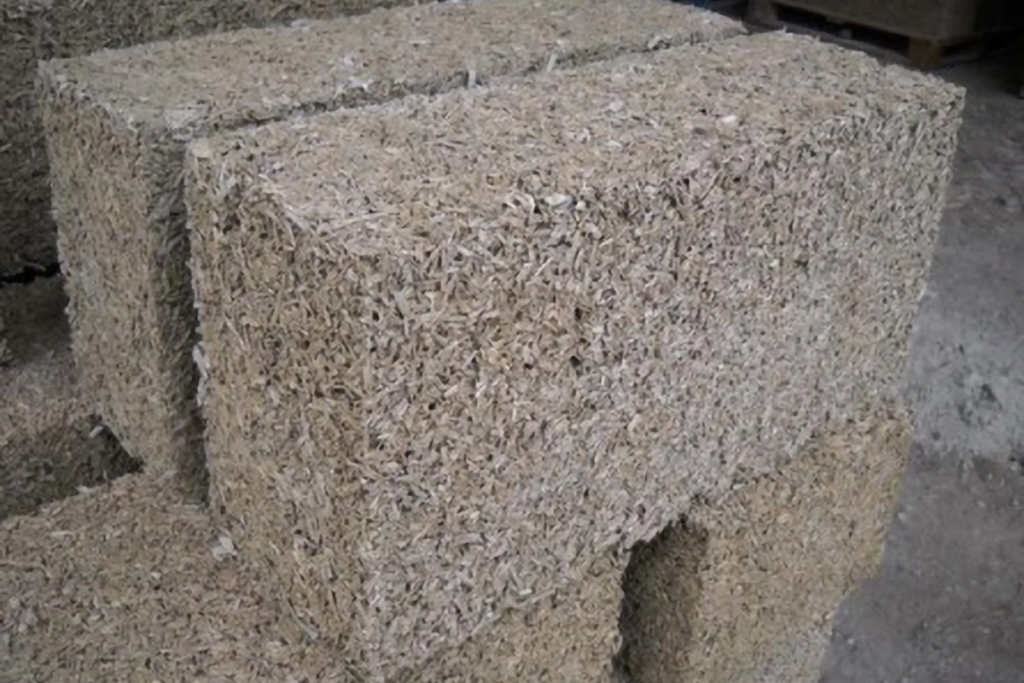About Hemp
“Hemp” should be defined as “a Cannabis sativa L. plant – or any part of the plant – in which the concentration of tetrahydrocannabinol (THC) is less than the regulated maximum level.” Industrial hemp should not be confused with “drug-type” cannabis, commonly known as “marijuana”, which is a variety of Cannabis with very high levels of THC (up to 20%).
There are 75 different hemp varieties registered in the EU Catalogue and all of them have a low THC content (currently up to 0,2%).
All parts of the plant – stalks, seeds, flowers and leaves – can be harvested and processed, making hemp a versatile plant with multiple uses. This means that a single crop has the potential to produce a wide range of products.
Since the end of the 20th century, hemp has resurged and is emerging as one of the fastest growing agricultural and industrial markets in decades.
To clarify, we are talking about “hemp” (Cannabis sativa L.), which is authorised under the EU’s Common Catalogue of Varieties of Agricultural Plant species (Reg. 1308/2013) and contains less than 0,2% of THC, which means it is not psychoactive.




